Would you like more and better harvests of grow-your-own veg? Is it too late to make a difference?
No. Once you start picking, there is alot you can do to increase your yield.

Now is the time to make sure that the harvest lasts as long as possible. It’s at this stage – when everything seems to be going so well – that I often lose my way, and find myself with fewer vegetables than I expected.
This year is already different. We have been eating from the garden every night, and there is lots to come.
There’s no doubt that feeding fast-growing plants like vegetables is the number one way of getting maximum harvest, and this post is a collaborative one with Baby Bio Outdoor liquid plant food.
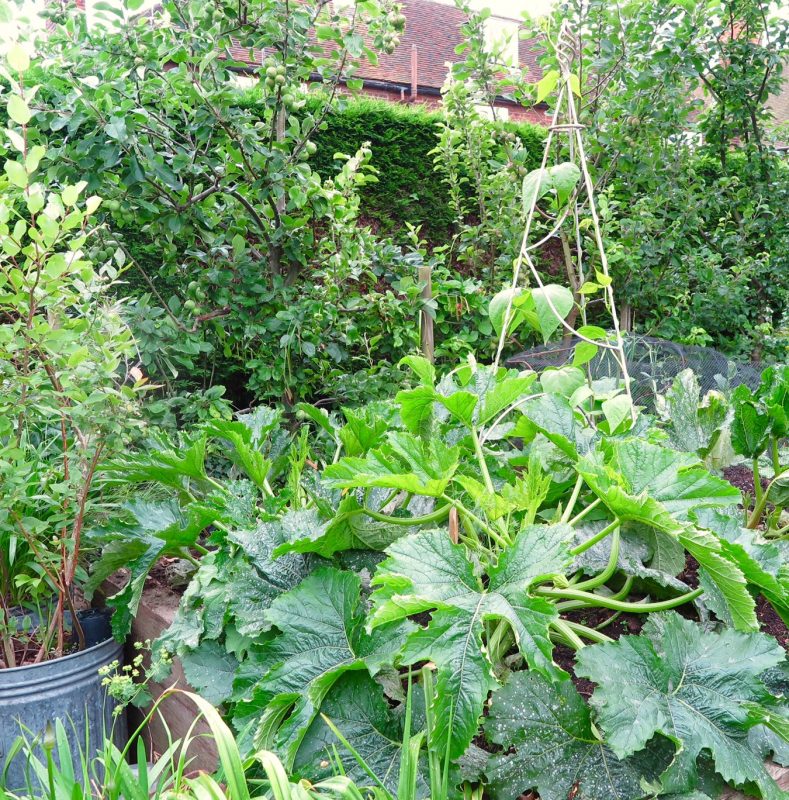
The courgette in the foreground is fed by Baby Bio Outdoor liquid feed.
But feeding isn’t the only important thing you need to do now to ensure that you’re still a happy harvester by September.
These are the things I often forget to do. If you remember to do them, you will have much better harvests.
-
Feed your fruit and vegetables
Producing leaf, flower or seed takes up alot of nutrients, which plants usually get from the soil. Looking after your soil by regularly adding compost or well-rotted manure is very important, and that is enough for many border plants. But’ hungry’ plants need a top-up while they are growing.
The RHS says that if your plants seem healthy and are growing in the right conditions, but aren’t giving you much of a harvest, then it’s likely they need feeding.
You will (usually) find feeding instructions on labels and seed packets. It will be either be ‘feed weekly’ or ‘feed every 14 days’ once flowering has started. For more about how and when you need to use garden fertiliser, see this post here
I am feeding tomatoes, beans, courgettes, chillies and mangeout with Baby Bio Outdoor liquid feed. I am not feeding the salad crops because they are currently vigorous enough without.
I’m also doing a Baby Bio Outdoor liquid feed Big Boost Challenge on my courgettes, chillies, mangetout and beans. One plant is fed with Baby Bio Outdoor and the other – exactly the same size and type – is not.
See the results here (link) where you can also win a set of Baby Bio Outdoor liquid feed. The main findings so far are that the courgette plants fed with Baby Bio Outdoor are about 15% larger than those which are not fed.


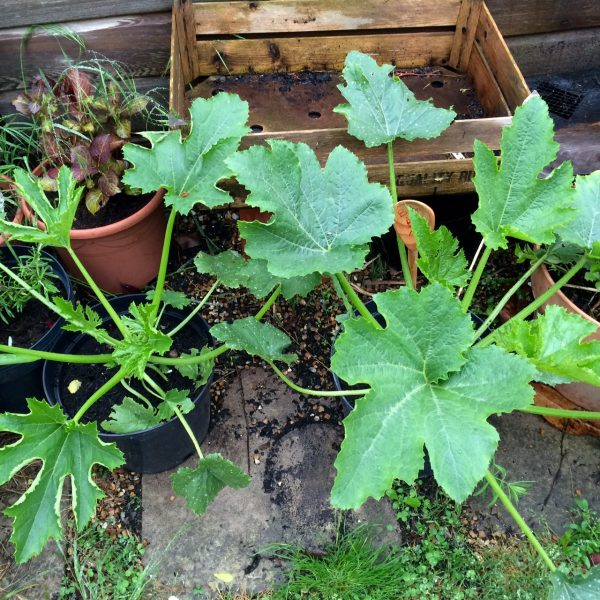

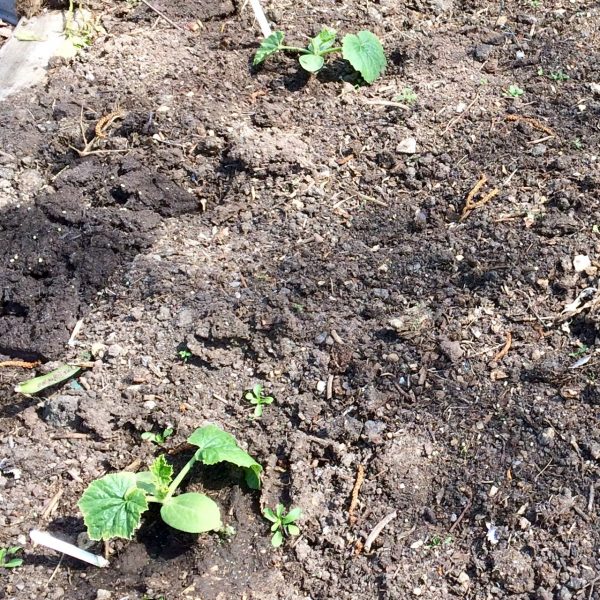
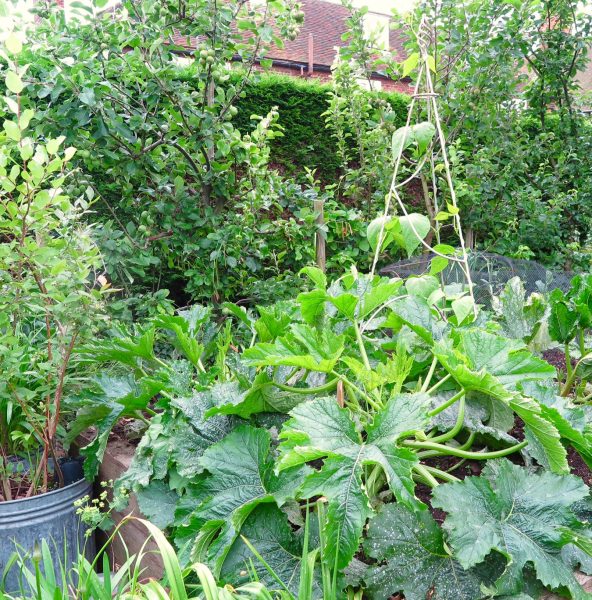
I have also had 16 courgettes from the two plants fed with Baby Bio Outdoor, compared to eight courgettes from the two plants that weren’t fed.
2) Keep harvesting
Old hands at allotment and grow-your-own veg know this. It’s why they arrive at your house with bags of salad and beans.
There’s a saying ‘the most generous gardener has the most flowers’. Certainly the most generous veg growers will have the biggest harvests.
This is where I went wrong in the past – I hesitated to harvest in case I somehow weakened the plant. Or I thought ‘I’ll need that on Saturday, I’ll save it for later.’
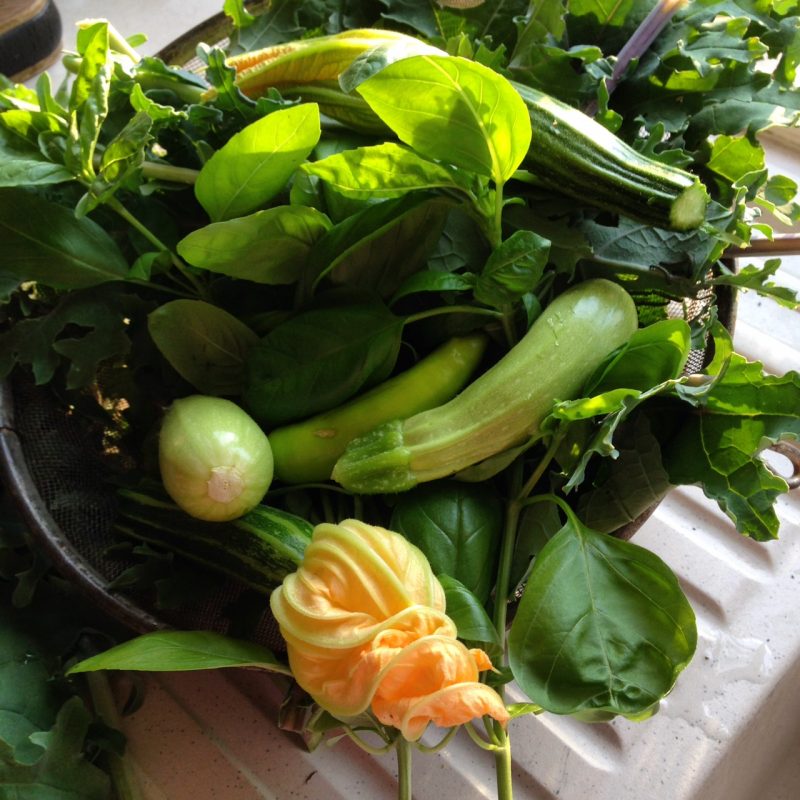
Keep harvesting – almost every day
But after attending the excellent Sarah Raven’s Year Round Veg course, I realised that holding back on harvesting cut-and-come -again veg like courgettes, salad and beans was probably my biggest single mistake.
This year I go round the garden every evening, picking every mangetout and courgette I can find, and snipping off salad leaves. There is always more the next day.
Sarah says that you get more if you snip leaves off around the outside leaves of salad, kale and chard rather than cutting across the plant. For more useful veg tips, see this post here – or go on the course yourself. I can highly recommend it.
3) Don’t relax your guard against slugs, snails and pigeons
As we live in town, our veg doesn’t suffer from rabbits or deer. And as we live in the Northern Hemisphere, we don’t get kangaroos, wallabies, parrots or possums devouring our veg either.
But the British snail is sneaky and powerful beastie.
I’m prepared to share some of my harvest with Mr Snail and his millions of friends and relations, but not all. I use ferric phosphate snail pellets, which are certified for organic use.
Birds and hedgehogs don’t eat dead snails so you won’t poison them. If there was any chance of getting rid of slugs and snails entirely, I would say ‘leave some for the birds’, but there are always plenty of slugs and snails left, even if you use slug pellets regularly.
The key to using slug pellets is to throw a small handful across the bed. Don’t make little barriers around individual plants – the snails will swing over on a leaf, Tarzan-style, and you will spend more money to less effect.
I’ve done a video on it here:
I have a number of Heath Robinson contraptions to keep the birds and squirrels off. I find that draping horticultural netting over hoops or even metal garden supports seems to work fine. I secure the netting with bricks or stones. I have a polytunnel with a netting layer which can be unzipped, and also a wire cloche from Crocus. This year the veg have outgrown both by now.
There are lots more options for deterring pests in the highly readable book Outwitting Squirrels by fellow blogger, Anne Wareham.

I let the nasturtiums romp around, as they are excellent companion plants. But everything has outgrown its protection. In the foreground is a cloche – great for protecting small seedlings but it’s also quickly outgrown.
4) Keep planting
I usually forget to keep on planting. The veg bed is full to bursting, so it doesn’t seem necessary. But many salads and leaf veg can be planted throughout the summer for a steady crop.

Keep the beetroot harvest going by re-planting, something I often forget to do.
At the beginning of July, I can plant radishes, chard, beetroot, komatsuma, summer lettuces, coriander and kale. There are probably loads more, but that’s what’s waiting in my seed pack.
5) Keep watering
Veg, like container plants, need more water than many border plants. They grow so fast, and don’t have deep roots. Also their leaves often cover the soil. That helps stop evaporation but it can stop light rain from being effective.
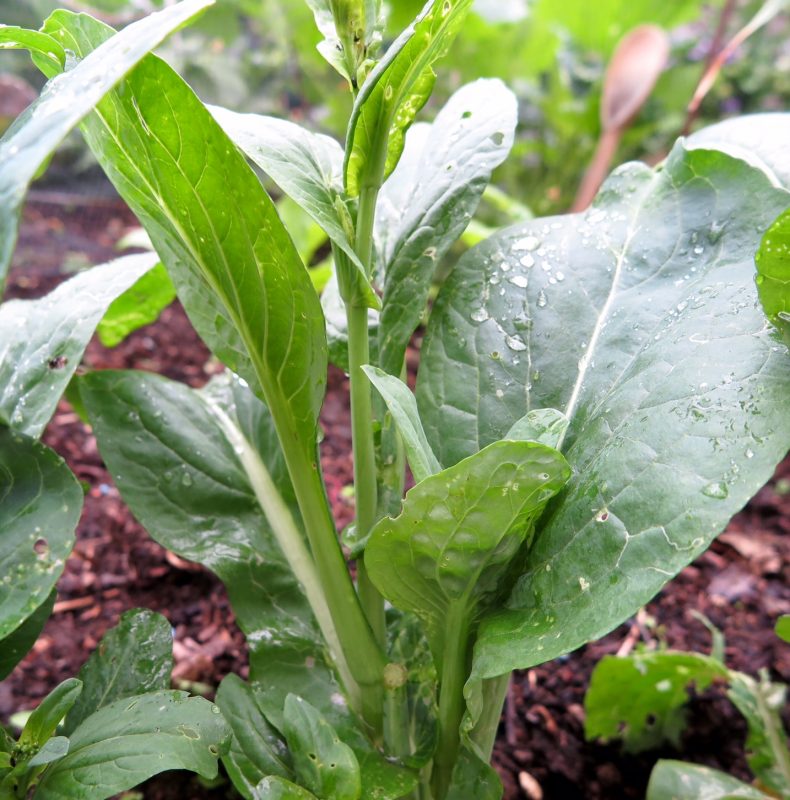
This komatsuma, or mustard spinach, after rain.
6) Grow unusual grow-your-own veg
This is another tip I learned on the Sarah Raven course. It makes sense. Cut-and-come again leaves, such as salad, chard, perpetual spinach and most herbs will grow again after harvesting. And there are now many unusual varieties available, which are highly productive.
This year I have planted mizuna and komatsuma (available as seed here from Sarah Raven) instead of carrots. I started to harvest the mizuna over six weeks ago. It works in salads, stir-fries and soups and it grows fast. It really has produced more than any other veg in my patch – ever.

The mizuna is the very green leaf on the left as you walk up the path. There is komatsuma, red amaranth , chard and kale sprouts elsewhere.
Mizuna doesn’t seem to get too nibbled (although there is a small white moth-type thing that resembles cigarette ash, which flutters out of it sometimes…)
More about Baby Bio Outdoor liquid feed
I always remember my mother using Baby Bio on her pot plants (I have to admit that her pot plants were always better than mine!). This year, Baby Bio® Outdoor liquid feed was introduced, in two variants: Baby Bio Outdoor Fruit & Vegetables and Baby Bio Outdoor Flowers & Shrubs. Baby Bio say this about their new products:
‘Baby Bio Outdoor liquid feed has all the nutrients plants need and its unique formulation, which contains biostimulants, means plants can take them up and use them to the absolute max.
‘What does this mean for your garden? It means healthy greener leaves, plants bursting with long-lasting, beautiful flowers and up to 35% more fruit and veg, compared to using a standard NPK fertiliser.’
Have you got any good tips for maximising your harvest? Let me know. And if you’ve found this useful, do share it using the buttons below. Thank you!
The post 6 sure-fire ways to harvest more grow-your-own veg now appeared first on The Middle-Sized Garden.
from The Middle-Sized Garden http://www.themiddlesizedgarden.co.uk/6-sure-fire-ways-to-harvest-more-grow-your-own-veg-now/
No comments:
Post a Comment